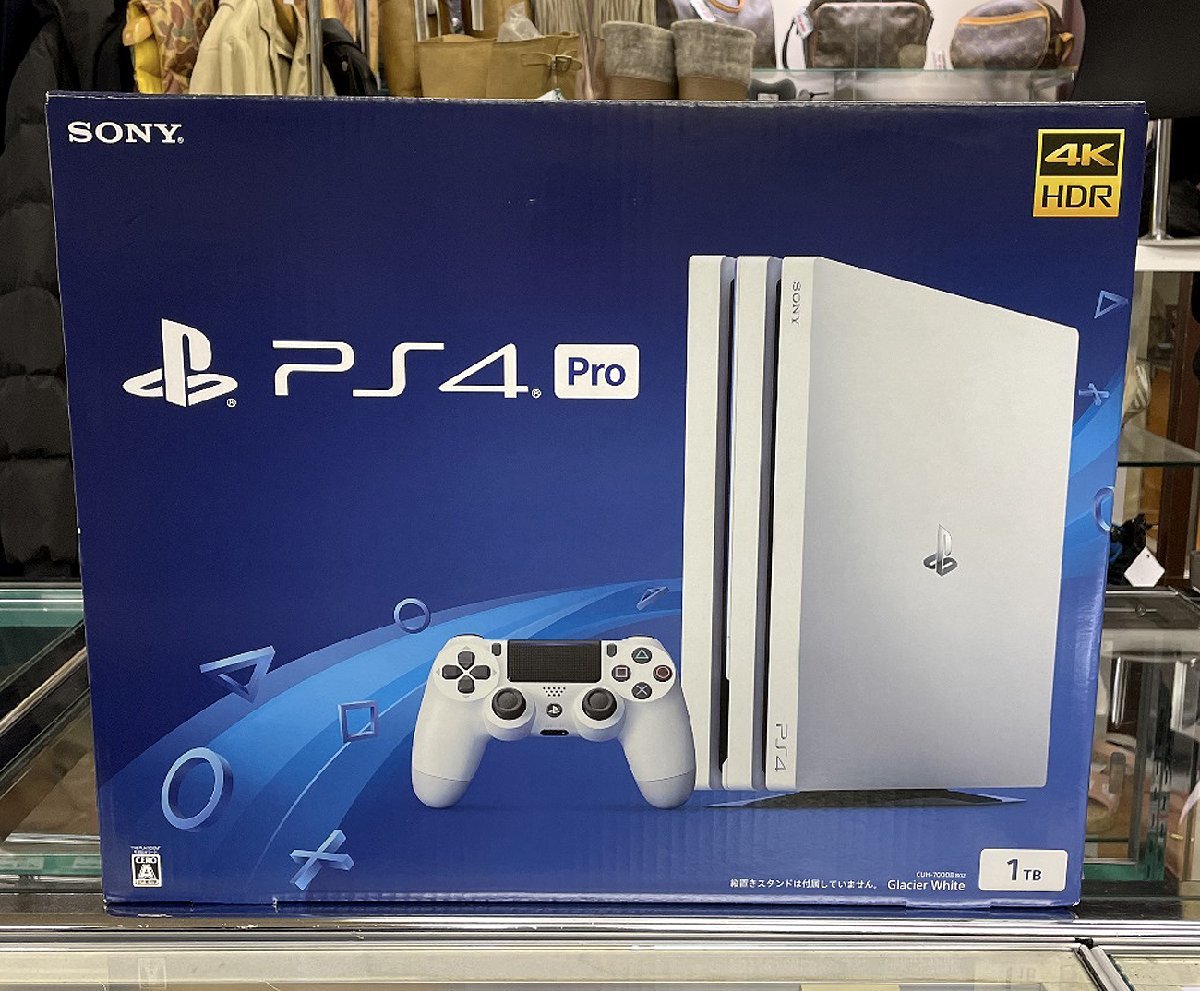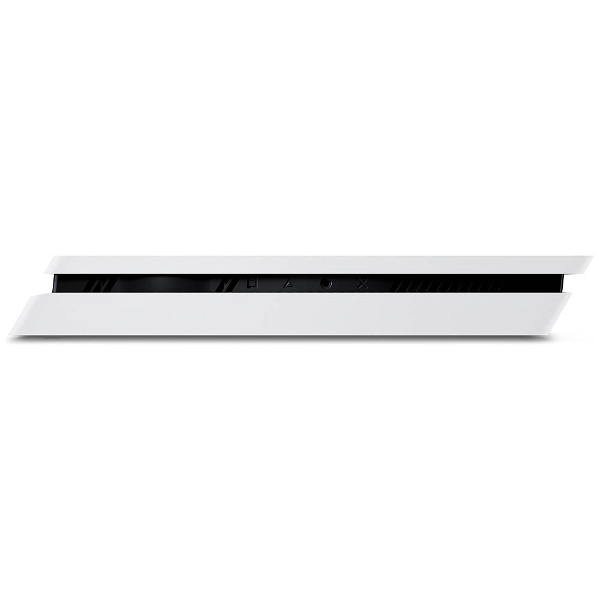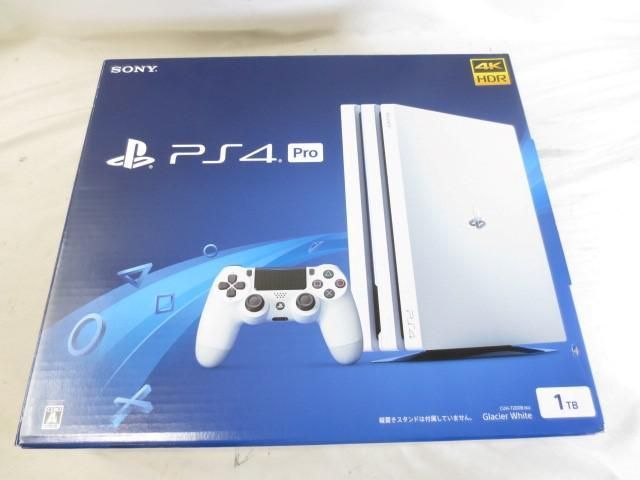【Bang Phan様】SONY PS4 グレシャーホワイト1TB
(税込) 送料込み
商品の説明
#みるくのゲーム部屋 へようこそ
(*´꒳`*)
SONY PlayStation 4
CUH-2100
グレシャーホワイト 1TB
です。
※コントローラー欠品のため、ファームウエアお答えできません。
【出品内容】
・プレステ4 本体
・電源ケーブル
・HDMIケーブル
・USBケーブル
※コントローラー欠品してます。
※初期設定を行うにはソニー純正のコントローラーが必要になります。
【コンディション】
・外観は線キズ少ないです。使用に伴う小キズや汚れはあります。ご理解ください。
・ホワイトということもあり、ちょっとしたキズ汚れが目立ちやすくなってます。
画像にてご確認くださいませ。
・神経質な方はご遠慮ください。
【動作】
・ゲームできます。ただし、コントローラーば付属しませんので、他の商品ページからご購入いただくか、ご自宅にコントローラーをお持ちの方におすすめしたいです。
【その他】
・24時間以内発送してます。
・速やかな返信を心がけています。
・丁寧梱包お任せください
・コントローラーがありませんので、ファームウエアを聞かれてもお答えできませんのでご了承ください。
color:グレシャーホワイト
ゲーム機本体種類: PlayStation4
ポータブル・据置タイプ: 据置タイプ
#ソニー
#SONY
#プレイステーション商品の情報
| カテゴリー | ゲーム・おもちゃ・グッズ > テレビゲーム > Nintendo Switch |
|---|---|
| ブランド | ソニー |
| 商品の状態 | 目立った傷や汚れなし |

PlayStation 4 グレイシャー・ホワイト 1TB (CUH-2100BB02)【メーカー生産終了】

Amazon.co.jp: PlayStation 4 グレイシャー・ホワイト 1TB (CUH

PlayStation 4 Pro グレイシャー・ホワイト 1TB (CUH-7000BB02)

Amazon.co.jp: PlayStation 4 グレイシャー・ホワイト 1TB (CUH
![SONY Playstation 4 PS4 Slim 1TB Glacier White CUH-2100B B02 with Box [Excellent]](https://i.ebayimg.com/images/g/7YAAAOSwAeVlI7eQ/s-l1600.jpg)
SONY Playstation 4 PS4 Slim 1TB Glacier White CUH-2100B B02 with Box [Excellent]

Amazon.co.jp: PlayStation4 グレイシャー・ホワイト 500GB

Amazon.co.jp: PlayStation 4 Pro グレイシャー・ホワイト 1TB (CUH

Yahoo!オークション -「プレイステーション4 グレイシャーホワイト 1tb
![SONY Playstation 4 PS4 Slim 1TB Glacier White CUH-2100B B02 with Box [Excellent]](https://i.ebayimg.com/images/g/xAgAAOSwWVplI7eP/s-l1200.webp)
SONY Playstation 4 PS4 Slim 1TB Glacier White CUH-2100B B02 with Box [Excellent]

2024年最新】PlayStation 4 Pro グレイシャー・ホワイト 1TBの人気

Yahoo!オークション -「プレイステーション4 グレイシャーホワイト 1tb

Yahoo!オークション -「プレイステーション4 グレイシャーホワイト 1tb

PlayStation 4 グレイシャー・ホワイト 1TB (CUH-2100BB02)【メーカー生産終了】

2024年最新】PlayStation 4 Pro グレイシャー・ホワイト 1TBの人気

Amazon.co.jp: PlayStation 4 Pro グレイシャー・ホワイト 1TB (CUH

Yahoo!オークション -「プレイステーション4 グレイシャーホワイト 1tb

2024年最新】PlayStation 4 Pro グレイシャー・ホワイト 1TBの人気

Yahoo!オークション -「プレイステーション4 グレイシャーホワイト 1tb

PlayStation 4 グレイシャー・ホワイト 1TB (CUH-2000BB02) 【メーカー生産終了】

Amazon.co.jp: PlayStation 4 Pro グレイシャー・ホワイト 1TB (CUH

Yahoo!オークション -「プレイステーション4 グレイシャーホワイト 1tb

2024年最新】CUH-2100 1TBの人気アイテム - メルカリ

SONY Playstation 4 PS4 Slim 1TB Glacier White CUH-2100B B02 with

Yahoo!オークション -「プレイステーション4 グレイシャーホワイト 1tb

2024年最新】PlayStation 4 Pro グレイシャー・ホワイト 1TBの人気

Amazon.co.jp: PlayStation 4 グレイシャー・ホワイト 1TB (CUH

Yahoo!オークション -「プレイステーション4 グレイシャーホワイト 1tb

PlayStation 4 (プレイステーション4) グレイシャー・ホワイト 1TB

2024年最新】ps4本体白1tbの人気アイテム - メルカリ

2024年最新】PlayStation 4 Pro グレイシャー・ホワイト 1TBの人気

Yahoo!オークション -「プレイステーション4 グレイシャーホワイト 1tb

2024年最新】PlayStation 4 Pro グレイシャー・ホワイト 1TBの人気

Amazon.co.jp: PlayStation4 グレイシャー・ホワイト 500GB

SONY Playstation 4 PS4 Slim 1TB Glacier White CUH-2100B B02 with

Yahoo!オークション -「プレイステーション4 グレイシャーホワイト 1tb

2024年最新】CUH-2100 1TBの人気アイテム - メルカリ

Amazon.co.jp: PlayStation 4 Pro グレイシャー・ホワイト 1TB (CUH

楽天市場】ps4 playstation4 グレイシャー・ホワイト 1tbの通販

Yahoo!オークション -「プレイステーション4 グレイシャーホワイト 1tb

2024年最新】CUH-2100 1TBの人気アイテム - メルカリ




















商品の情報
メルカリ安心への取り組み
お金は事務局に支払われ、評価後に振り込まれます
出品者
スピード発送
この出品者は平均24時間以内に発送しています














